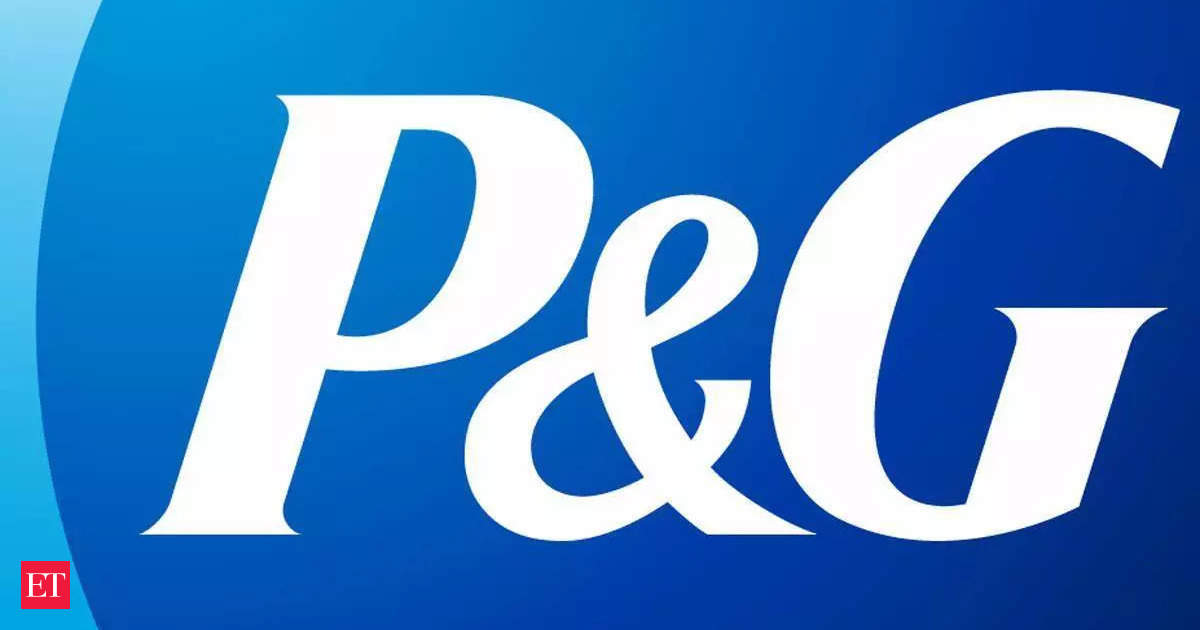The world’s largest consumer goods maker Procter & Gamble (P&G) has achieved nearly $2 billion in sales in India, over three decades after its entry into the country. P&G grew 15% year-on-year in FY23, with net profit rising 26%, despite pressure on input costs and even after increasing price tags. It reported sales of ₹16,089 crore and net profit of ₹1,682 crore across four Indian companies – pharmaceuticals firm P&G Health, shaving products maker Gillette, P&G Health & Hygiene, and P&G Home Products. P&G Home Products, the company’s largest arm, saw a 51% surge in profit at ₹419 crore on net sales of ₹8,464 crore, representing a 27% increase during FY23, according to the latest regulatory filings.
The managing director of P&G India, LV Vaidyanathan, attributed the performance to strong volume growth, premiumisation, and productivity interventions. Vaidyanathan stated that the company’s integrated growth strategies, focusing on daily use categories, performance-driven brand choice, superiority across product, packaging, communication, go-to-market execution, value, productivity, constructive disruption, and an agile and accountable organisational structure and culture, has contributed to the results.
P&G has invested over ₹20,000 crore in India in the past two decades, firmly establishing it as one of its top 10 markets globally. In India, P&G competes with Hindustan Unilever (HUL), which is nearly four times its size. While P&G has historically focused on premium and urban-centric products, it has gained market share in sanitary napkins and shaving razors, even as the market leader. In some states such as Kerala and Tamil Nadu, P&G’s rural shares exceed urban shares, and its entry-level shaving brand Gillette Guard sees 45% of sales coming from rural areas.
Two months ago, Vaidyanathan announced that P&G is investing aggressively in its supply chain to navigate demand volatility. The company is strengthening its end-to-end synchronised, sustainable, and resilient supply chain, called Supply 3.0, with the help of data analytics, aiming to handle larger capacity and higher ranges of demand volatility while reducing over-dependence on singular nodes.











